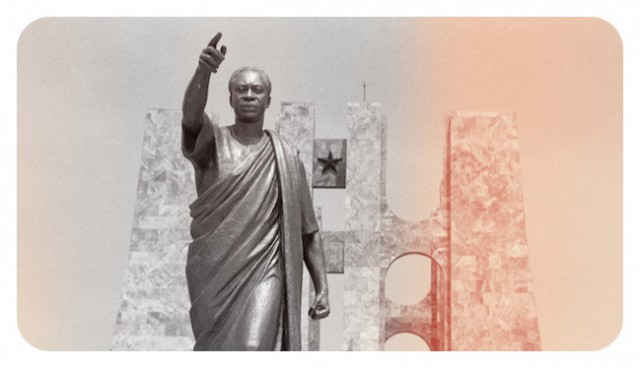by Marita Acosta
Despite its myriad problems, this diverse continent of 54 countries is an amazing mix of nature, adventure, history, and dynamic culture. And nowhere more so than West Africa, with its single largest collection of countries (17) and largest cities, including Lagos, Nigeria and Accra, Ghana - the latter with a population just over 2¼ million.
One of my passions is "creative cities", and what these tend to have in common is a high percentage of young people. Accra has them in spades - in fact, 56 percent of the population is under 24 years of age. So the dynamism and creativity they bring, along with a great cultural and sport scene (home of the world-class Black Stars football side) and the stability of fast-growing Ghana's politics and economy - a model for all of Africa, in fact - make this one city definitely worth visiting for those looking to venture a bit off the beaten path.
There's certainly no shortage of attractions here to keep visitors busy. Accra's top historical site is the Jamestown/Usshertown area, fishing communities that were the core of colonial settlement by various European powers beginning in the 17th century, including the British, the French, the Portuguese, the Dutch, and even the Danes and Swedes. Here you'll find several bastions such as Ussher Fort (Dutch, 1649), Fort James (British, 1607), and whitewashed Osu Castle aka Chistiansborg (above; Danish, 1661).
 demerzel21
demerzel21
Other landmarks include the Kwame Nrumah Park and Mausoleum (top), dedicated to the Ghana's first post-independence leader; Black Star Square aka Independence Square (1961); seats of government Jubilee House (2008) and Parliament House (1965); the Arts Centre (crafts stalls and art gallery); the W.E.B Du Bois Memorial Centre for Pan African Culture (which also includes a museum about Du Bois, a prominent U.S. sociologist, historian, and civil-rights activist who became a Ghanian citizen and died here in 1963); the Chinese-built National Theatre (above; 1991); and the Roman Catholic Cathedral of the Holy Spirit (1947, though a massive new cathedral is currently in the works); and a half dozen other museums including the National Museum, focussing on ethnography, archaeology, and fine art. And for beach-lovers, the Atlantic coast here offers several choice options, including Labadi Beach, Jamestown Beach, and Kokrobite Beach, 25 kilometres (16 miles) west of the city.
 ruffraido
ruffraido
And apart from the above, the city's creativity is also on full display in Accra's central Osu neighbourhood, east of the downtown business district. Main drag Oxford Street (above, aka Cantonments Road) and other streets are thronged with a mix of independent professionals and more bohemian types. Many of its studios and offices are home to photographers, documentary makers, and fashion designers, interspersed with local clothing boutiques, Western-style shops, and places to score a variety of tasty edibles, from West Africa's best ice cream to the Lebanese fare at Oxford Steet's eleven-year-old institution Frankie's.


Comments